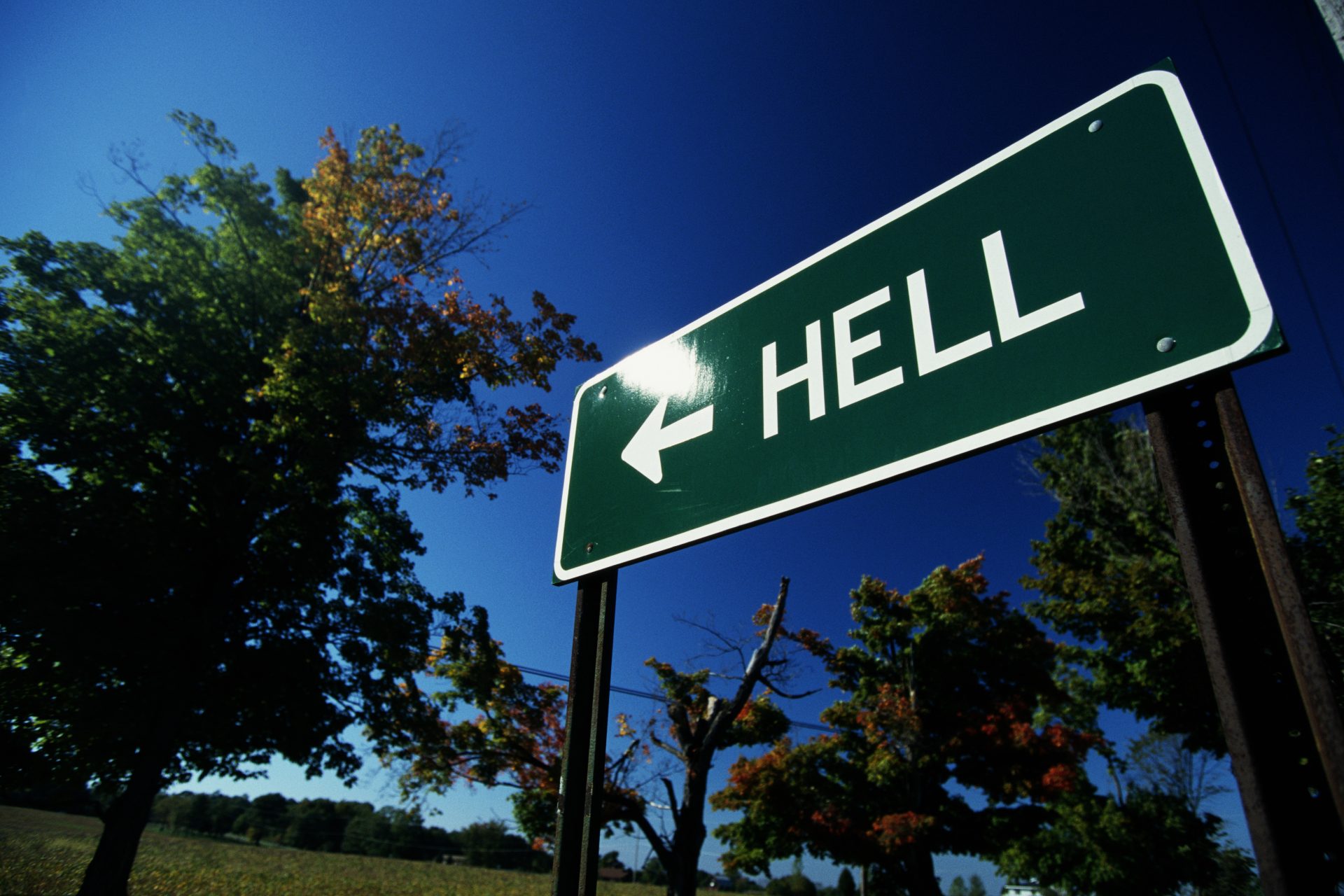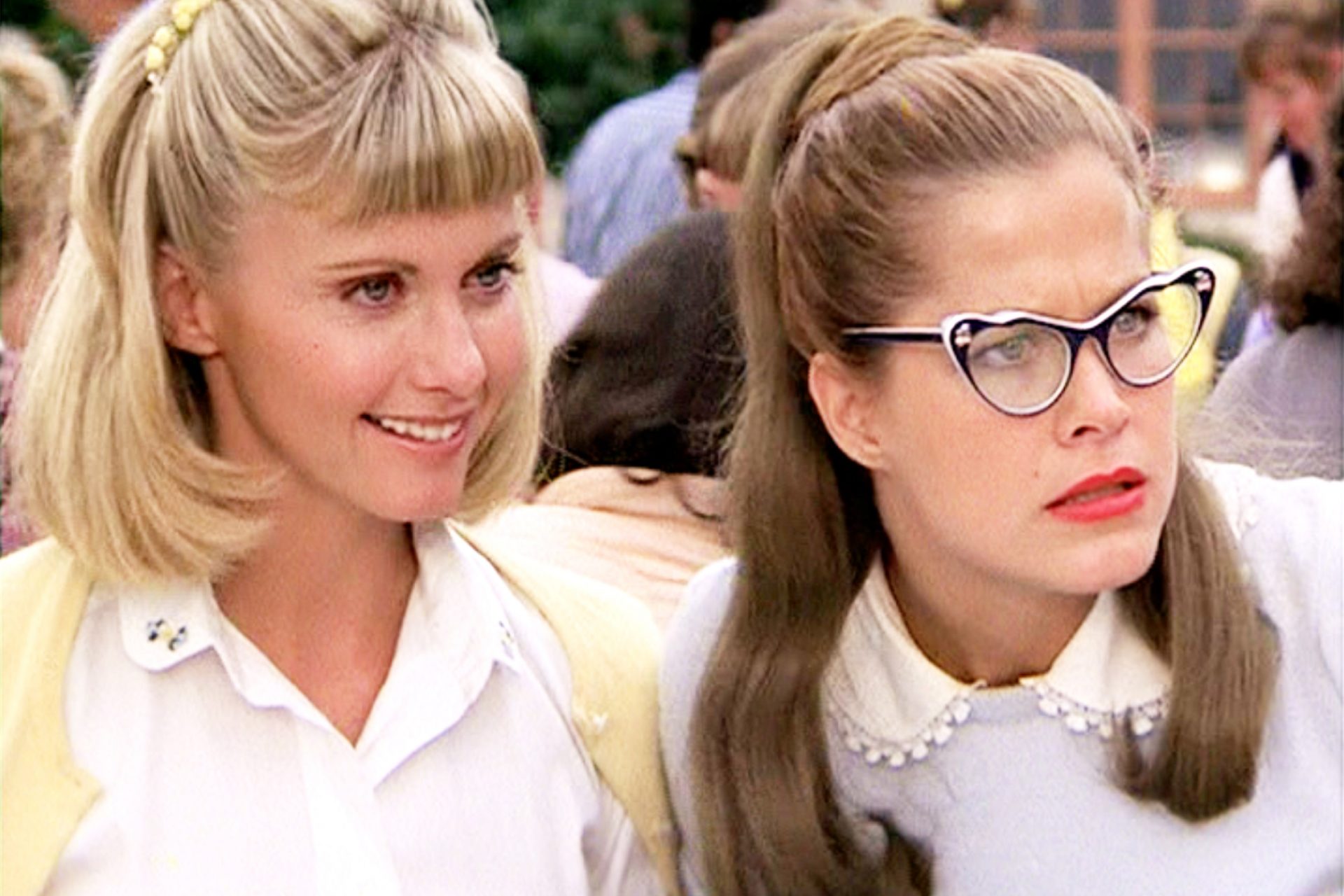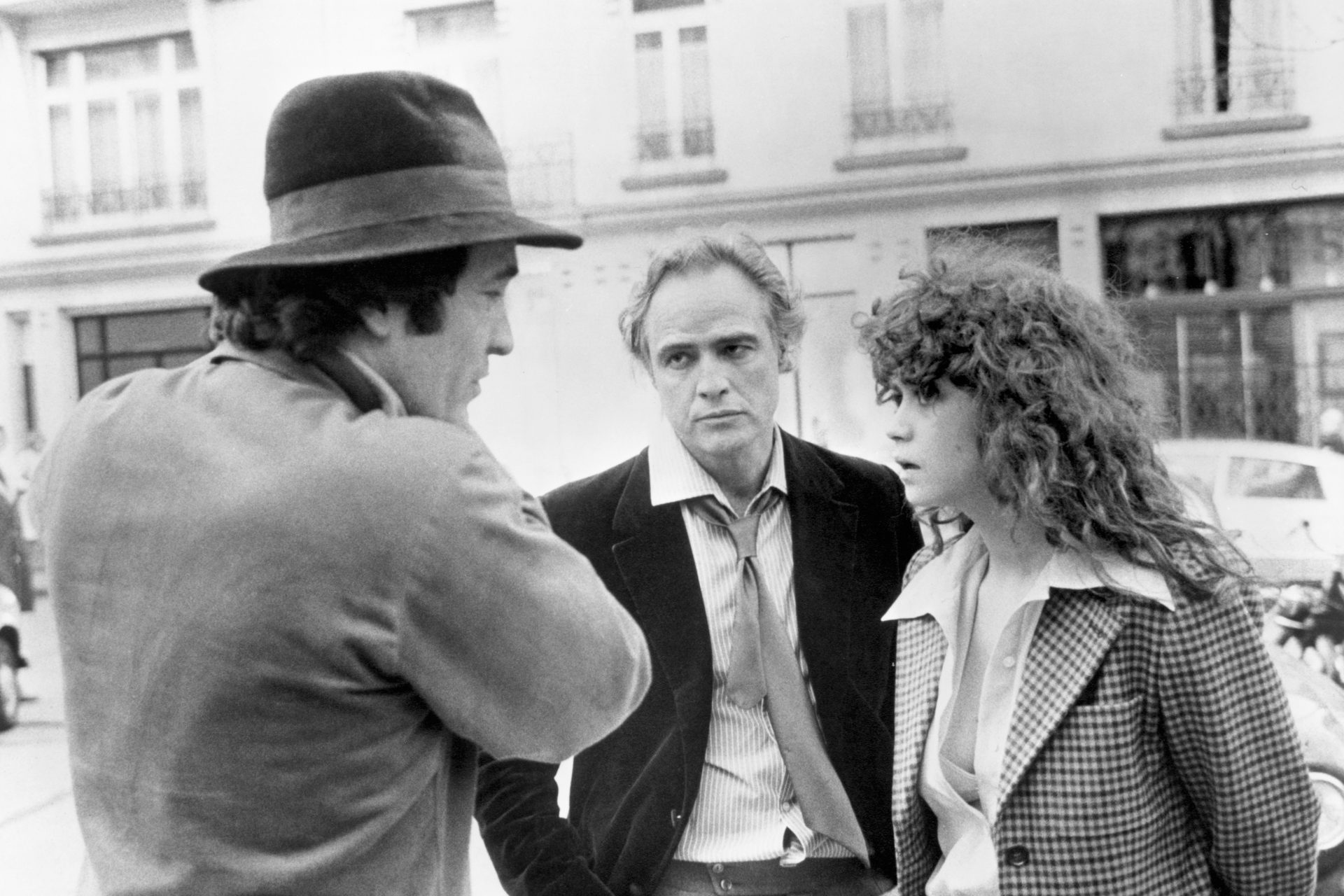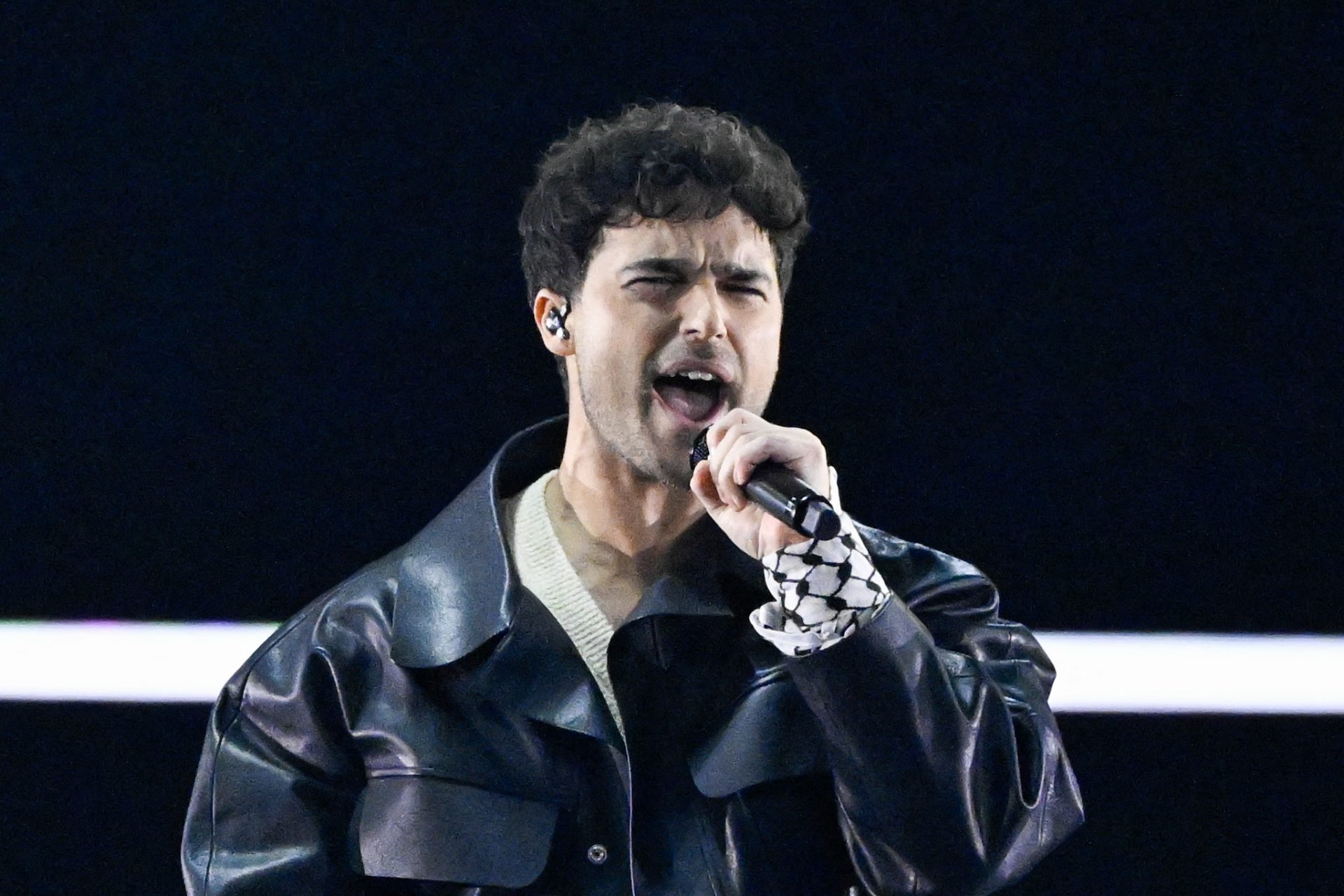The most beautiful carnivals and Mardi Gras in the world
The month of February is usually the time of carnivals around the world. While preceding the 40 days of Lent among Christians, this feast may have had a more ancient origin as the celebration of the return of longer days.
Follow Showbizz Daily to stay informed and enjoy more content!
From Europe to the Americas, the carnival tradition is more alive than ever. Some cities put on magnificent shows. Let's have a look!
Mardi Gras is the perfect opportunity to discover the warm atmosphere of Louisiana. Between allegorical cars, marching bands, costumes of all colors, and the throwimg of candy and gold coins, the NoLa carnival is a unique experience.
Organized for 10-day periods since the Middle Ages, the Venice Carnival is famous for its luxurious costumeswith masks, feathers, colors, harlequins, and elegant designs that inspire artists who visit from all over the world.
The parades of the samba schools, with their spectacular floats through Rio's Sambódromo da Marquês da Sapucaí, offer an explosion of joy and colors for spectators and participants. São Paulo and Manaus are also Brazilian cities with sensational carnivals.
Despite the extremely low temperatures, the French-speaking Canadian city has a special carnival that features canoe racing on the St. Lawrence river, sled dog racing, and an ice sculpture competition. The star of the party is Bonhomme, a snowman decked out in a red cap.
The Carnival of Oruro in Bolivia is the most important event in the country. Between dances, parades and water balloons, the festival yearly attracts 200,000 people to a place that is generally not very touristy.
On this small island in the Antilles, the carnival is celebrated with costume parades and street dances in which everyone can participate, all accompanied by percussion orchestras.
The carnival in Ivrea, in the Piedmont region, is less known than that of Venice, but it has the particularity of a battle of oranges between the different neighborhoods of the city. A total of 400 tons of fruit are used.
With millions of participants, the Bahian carnival is totally different from Rio or São Paulo. The party is animated by electric bands that pull the crowd through the streets of Salvador. Absolute ecstasy!
Nice's carnival is the busiest in France and there's a good reason for that: the parades on the Promenade des Anglais are led by a giant called Le Roi (King) Carnaval. Celebrated since the Middle Ages, the feast presents a different theme every year and ends with the cremation of the King and a great fireworks display.
The Carnival of Cadiz, in the south of Spain, offers shows and contests of 'chirigotas.' These are folkloric stages where the participating groups dress the same and sing their own satirical song.
The Cologne Carnival officially begins on November 11 at 11:11 a.m. and ends in February after five days of partying. This irreverent celebration includes an alternative parade that mocks the official parade, a women's carnival in which men's ties are cut off, and a float parade that caricatures current events.
Classified as Unesco Heritage, the Carnival of Binche in Belgium offers unique parades and a special day for children. The highlight is Mardi Gras and its baroque and multicolored costumes.
Tenerife's carnival is the most famous in Spain and attracts around half a million people every year. Festivities include the Grand Gala Election of the Carnival Queen and the Burial of the Sardine.
Carnival in the historic city of Olinda, in Pernambuco, is a popular festival where almost everyone attends dressed to their liking. It features frevo orchestras and a parade of giant puppets.
In the capital of Pernambuco, Recife, the neighboring city of Olinda, the party takes place in the center, where the Galo da Madrugada is installed. Thousands of people wake up early to start the revelry in the street.
Both in the two cities of Pernambuco and in others in the interior of the state, caboclos (people of mixed Indigenous Brazilian and European ancestry) participate in the typical Maracatu cultural manifestation of Baque Solto.
Originally created to celebrate the return of fishermen to the northern French city, Dunkirk's carnival still offers parades, dances and jets of smoked herring from the city hall balcony. The festivities end in apotheosis with the 'Happy Three,' a long festive weekend.
In northern Spain, several cities have traditional folk parades at Carnival. Among them are the ones in Ourense, Verin, Xinzo de Limia and Laza.
The cold and snow are no impediment for the residents of Mils, Austria to celebrate Carnival with their unique costumes and folk dances.
Follow Showbizz Daily to stay informed and enjoy more content!
































